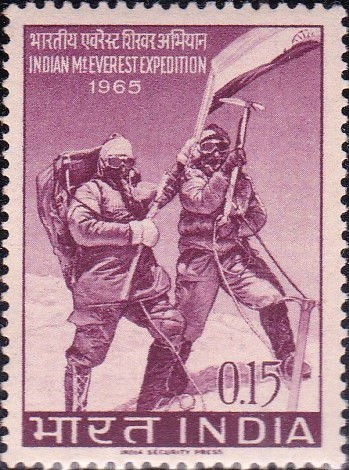
Indian Mount Everest Expedition 1965
A commemorative postage stamp on the first successful ascent of Mt. Everest, by an all-Indian team, led by Avtar Singh Cheema :

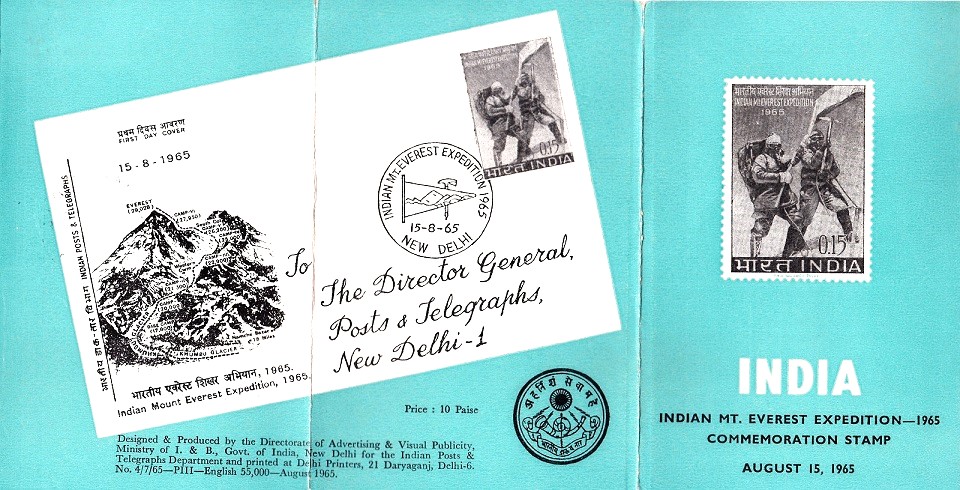

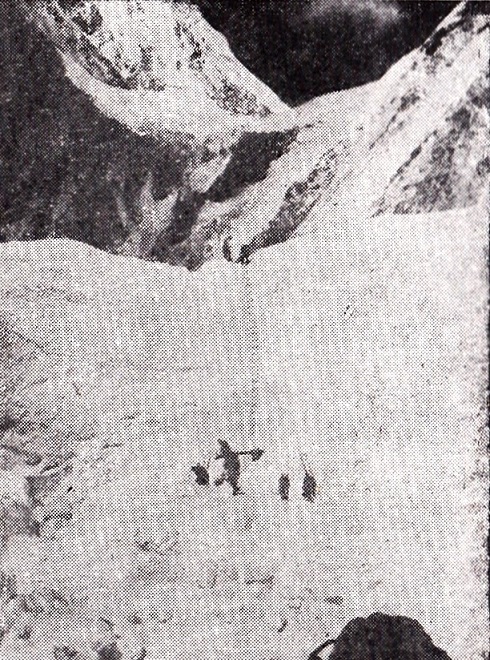 Issued by India
Issued by India
Issued on Sunday, Aug 15, 1965
Issued for : As a tribute to the glorious success of the Indian Expedition to Mount Everest the Indian Posts and Telegraphs Department will bring out a special commemorative stamp on the 15th August 1965 – the 18th anniversary of India‘s independence.
Design : The facsimile on the stamp is from a colour transparency taken by one of the summit parties. The picture was taken at 10.30 a.m. when a high-speed westerly wind of over 75 km per hour made the Tri-colour flutter against the deep blue sky.
Type : Stamp, Mint Condition
Colour : Red purple
Denomination : 0.15
Overall Size : 3.91 X 2.90 cms.
Printing Size : 3.63 X 2.62 cms.
Perforation : 13 x 13
Watermark : Printed on unwatermarked paper
Number Printed : 2 million
Set : 35 stamps per issue sheet
Printing Process : Photogravure
Designed and Printed at : India Security Press
About :
- Nine men reached the 29,028 ft. high summit of the Everest in four successive attempts made within ten days in May, 1965. This is the success story of the third Indian Mount Everest Expedition, doing credit to all its nineteen members and bringing glory to India.
- “To Lt. Cdr. M. S. Kohli, the leader, and to every one of his members and high-altitude Sherpas, to humble Nepalese porters, and to all those in the ordnance factories and other establishments in India who helped to equip the expedition is due the credit for success and our pride in it“, commented a national daily. It added, “And to-day, because of that success, India takes an honoured place in the exclusive club of international mountaineering and we are all a little taller.“
- By this accomplishment, a new page in the epic of the Everest has been inscribed, a page worthy of the people for whom the Himalayas have always had a deep significance, whose, history and way of life have for centuries been influenced by the Abode of Eternal Snow.
- Since 1852, when Peak XV, later to be named the Everest, was found to be the highest not only in the Himalayan range, but also in the whole world, this tallest of pinnacles on earth has presented a supreme challenge to man. To date, there have been as many as fifteen full-fledged expeditions to Mount Everest both from the Tibet and the Nepal side, and four reconnaissance and three solo attempts. A New Zealander, Sir Edmund Hillary, and an Indian, Tenzing Norgay, as members of the 1953 British Expedition, led by Sir John Hunt, were the first ever to reach the summit of the Everest on May 29 that year. Of the fifteen expeditions, India mounted three. The 1960 Indian Expedition, under Brig. Gyan Singh, was compelled to withdraw when only 700 ft. from the goal owing to bad weather. The second Indian attempt in 1962, under the late Major John Dias, met the same fate when just 400 ft. below the summit. The third Indian Expedition’s initial attempt, towards the end of April, 1965, was also thwarted by high velocity of winds and blizzards and it had to return to the base camp and wait for over two weeks for better weather. Towards the end of May, however, the efforts of the Expedition were crowned with remarkable success when Mount Everest was scaled in four successive attempts.
- On May 20, 1965 the expedition became the first All-Indian team to reach the summit when two of its members, Capt.A. S. Cheema and Nawang Gombu climbed the peak. This was the second time that Nawang Gombu had climbed the Everest – a record worthy to be proud of. Two days later, on May 22, Sonam Gyatso and Sonam Wangyal reached the summit becoming respectively the oldest (42) and the youngest (23) climbers ever to stand on top of the Everest. Again, on Mav 24, C. P. Vohra and Ang Kami reached the top. On May 29, 12 years to the day from the first ascent of Everest, the fourth and last summit party with Capt. H. P. S. Ahluwalia, H. C. S. Rawat and Phu Dorji made the summit. This was the first time that three men had stood together on the Everest.
- The attainment of these unrivalled distinctions has been the result of good organisation, selfless team work, fine leadership, indomitable courage and mountaineering skill of which the country is justly proud.


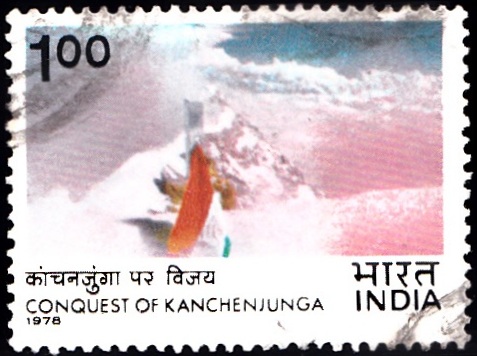
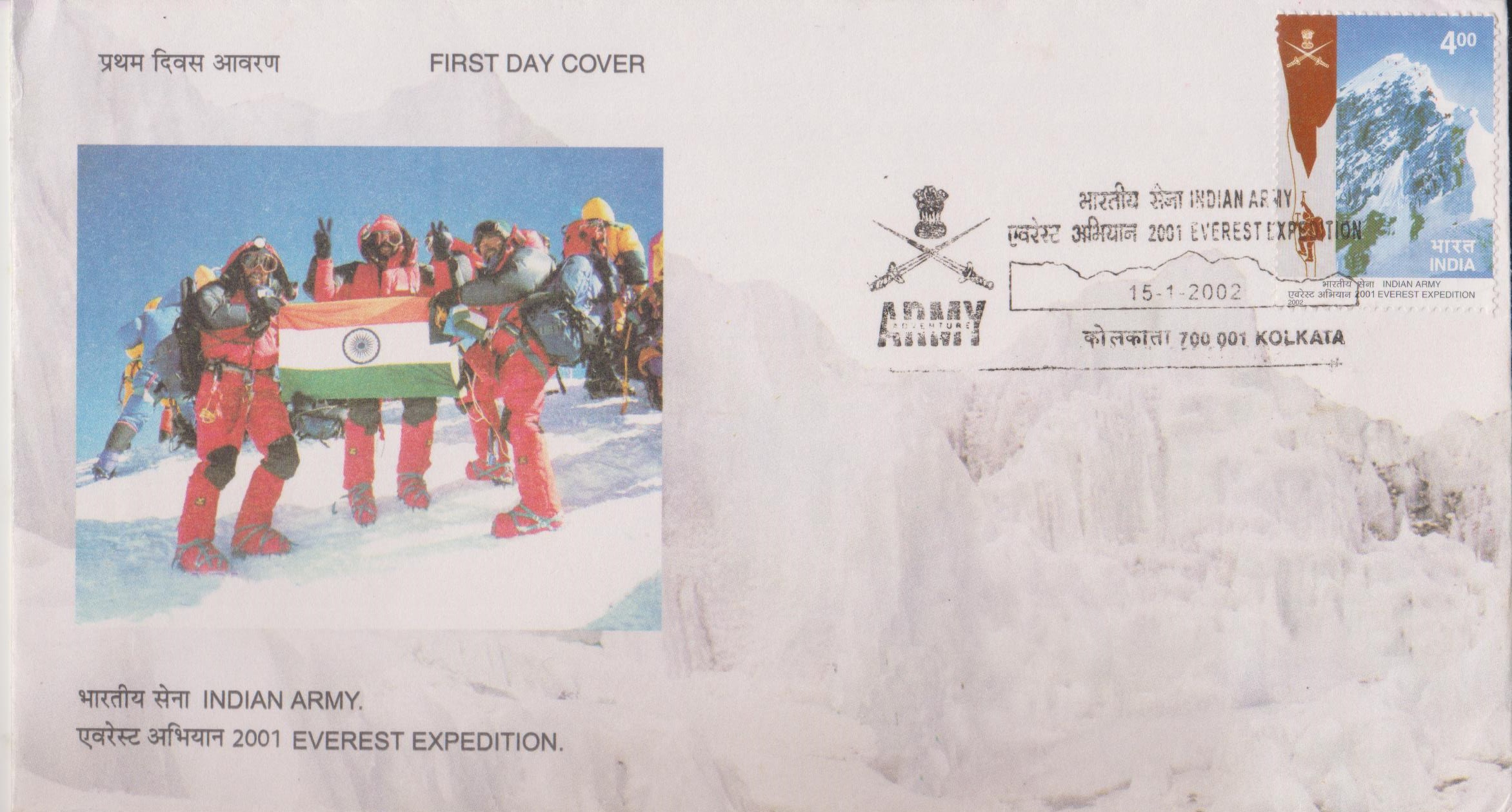
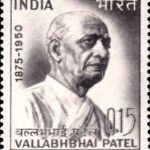
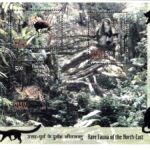
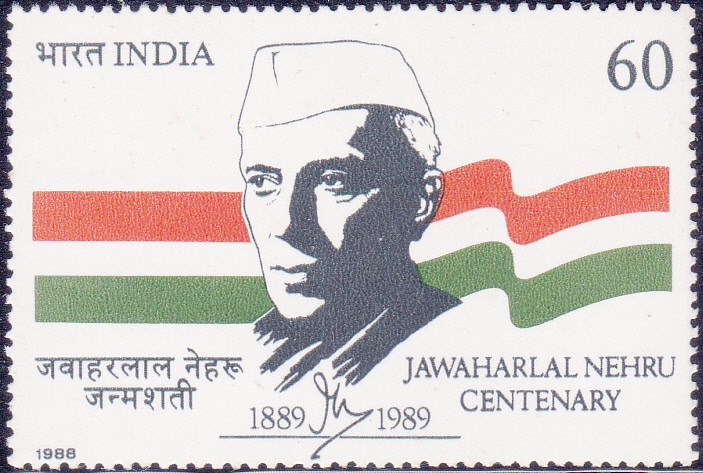
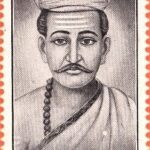
[…] isolation for thousands of years, till Tenzing Norgay and Edmund Hillary conquered it in 1953. Since then, at least a thousand climbers have set foot on it. That at least 200 have lost their […]
[…] in 1831 and took field with Everest in October 1831. He is said to have calculated the height of Mount Everest and thereby discovered the highest mountain in the world. His most important contribution was the […]
[…] Geodesy and Cartography, the Survey of India has made several original and valuable contributions. Mount Everest, the highest peak in the world was discovered and measured by the Survey of India and bears the […]
[…] significant to the mountaineers are being issued today. In these stamps the emblem of UIAA and Mt. Everest (Sagarmatha), Lhotse and Nuptse Himals have been […]